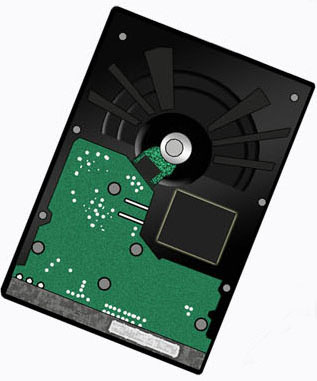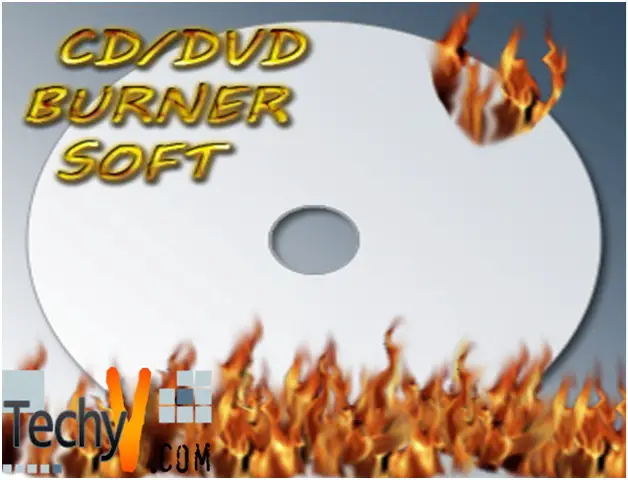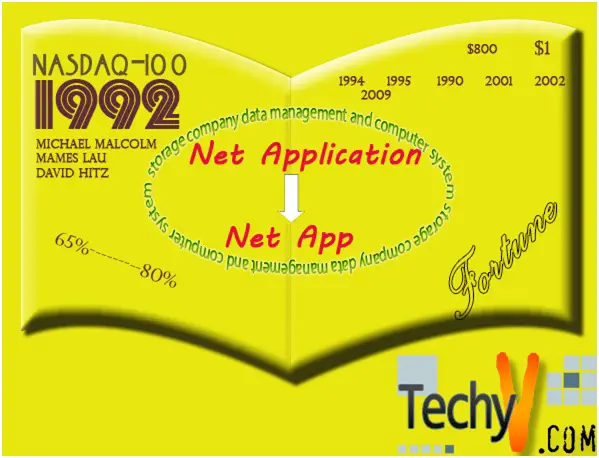From Paper to 3TB HDD
For several years, paper was utilized as the most important storage medium in the history of computer systems. Picture a life of punching holes into paper tapes or punch cards to record a program and data in your computer.

Imagine yourself typing a character as the punch machine makes holes into the punch card and by chance you made an error, well you must re-punch lots of the cards undeniably. A very inconvenient and tedious task as visualized, but this is the life they had a number of decades ago.
Later advancement paved the way to the magnetic tapes. These magnetic tapes were much more flexible, heavy-duty and quicker than paper tape or punch cards .Recording information in a method parallel to how audio is recorded on a tape. Evidently, though as a variety of offline or secondary storage, tape is still used up to this day on current computers. They must be read linearly that makes it their crucial inconvenience. It may produce arbitrary access unreasonable because it consumes minutes to shift starting one end of the tape to the other.
A hard disk drive is basically a non-volatile storage for digital data and basically used by computer systems. The rise of the dawn of September 13, 1956 introduced greater technology that came to exist when the first disk drive was released by IBM namely the 305 RAMAC or (Random Access Method of Accounting and Control). The enormous drive can store 5 million characters fairly accurate on about five megabytes on howling 50 disks that are 24 inches in diameter each.

Various developments were made through the years as technology is in the rapid wave on coming to the new era. From the improbable huge form factors of widely different dimensions, normally in free standing cabinets or like the size of washing machines to modern form factors of 1.8” , 3.5” and 2.5” hard disks that are presently leading the market. Hard disks performance varies accordingly, larger cache memory gives in quicker performance. Moreover, maintaining the drive cool improves reliability, therefore, manufacturers persists on developing innovative ways to uphold drives cool when they are in operation. Speed of hard drives is vital to quite a few and simply somewhat essential to others. You can discover the majority of hard drives that works at a rotational speed of 7200 RPM (revolutions per minute). The 10,000 RPM internal SATA 3.5 inch drives are on the market, but they are paying attention to targetable users.
Trends nowadays build up technology to minimize noise to levels near the brink of human audible range, to make that possible; they also incorporate technology that streamlines read/write in search of algorithms that result in more competent procedures. It is at all times significant to deem power usage for it apprehends environmental and electrical issues. Since rising numbers of information center machine deliberation has led to troubles bringing adequate power to devices and getting purge of the waste heat consequently formed.
The seek speed should be actively controlled as interesting development in the area is in inclination today, so that head get there at its destination merely just in time to read the sector, quite than arriving as speedily as likely and then going to remain for the sector to appear around. Green drive requires greatly smaller amount power and cooling, and this is most of the hard drive companies manufactures right now. As of this year the areal density of hard disk platters keeps on increasing at an astonishing rate. Densities in the market are now exceeding 667GB per platter.
Internal hard drives are presented to numerous variations of interfaces and for about decades passed, many revisions, features and naming convention has been placed to each interfaces’ version. Let us take them bit by bit to the earliest account to further understand the notion.
Firstly is in 1978, the SASI or also a. k. a. the Shugart Associates System Interface and in 1981 it was overtly unveiled. SASI controller boards were classically the dimension of a hard disk drive and were more often than not physically mounted to the drive's framework. It was applied in untimely microcomputers and was defined the interface as by ways of a 50-pin flat ribbon connector which was endorsed as the SCSI-1 connector. Later on developed was the SCSI interface (Small Computer System Interface) which was the successor of the SASI, and it was bus oriented that holds simultaneous processes.
SAS was introduced in the mid 1980’s and it stands for Serial Attached SCSI. It is the better version of SCSI that uses serial communication in place of parallel. It will probably price not as much of t parallel SCSI but by no means be as inexpensive as SATA. If you need this interface, you will require buying a SAS PCI adapter card.
Next is the IDE /ATA (Integrated Drive Electronics / AT Attachment) interface or also considered to be referred as IDE/ PATA, PATA (Parallel Advanced Technology Attachment), the discovery of this interface hurled hard disks into an innovative age of performance, reliability, and compatibility. IDE/ATA hard disks are employed on the immense majority of modern PCs way back on the 1980’s , and offer outstanding performance at fairly low cost. This is a parallel interface with a broad ribbon cable that attaches to the IDE Hard Drive. For backward compatibility the option is mainly IDE/PATA.
As time goes by, SATA drives came to be the serial interface that replaces IDE/PATA. It is the modification of the latter and it utilizes serial communication as an alternative for parallels. SATA has a split standard for external SATA hard drives called eSATA. For the 3.5 inch desktop and the 2.5 inch notebook hard drives, the SATA I/O and power connectors are similar. SATA drives are superior since they are simpler to connect and have a latest interface according to professionals in the IT industry. The future is en route for SATA drives whereas PATA drives won't be supported on latest motherboards.
Technology progress in harmony with time and people’s lifestyle, it can be bluntly presented in the world around us, specifically from paper to 3TB hard disk drives.





![Hot Backup Technologies like VTL[Virtual Tape Library]Learn & EXPLORE now. Hot Backup Technologies like VTL[Virtual Tape Library]Learn & EXPLORE now.](https://www.techyv.com/sites/default/files/users/cyrilsia01/Back Up-696x385.jpg)








